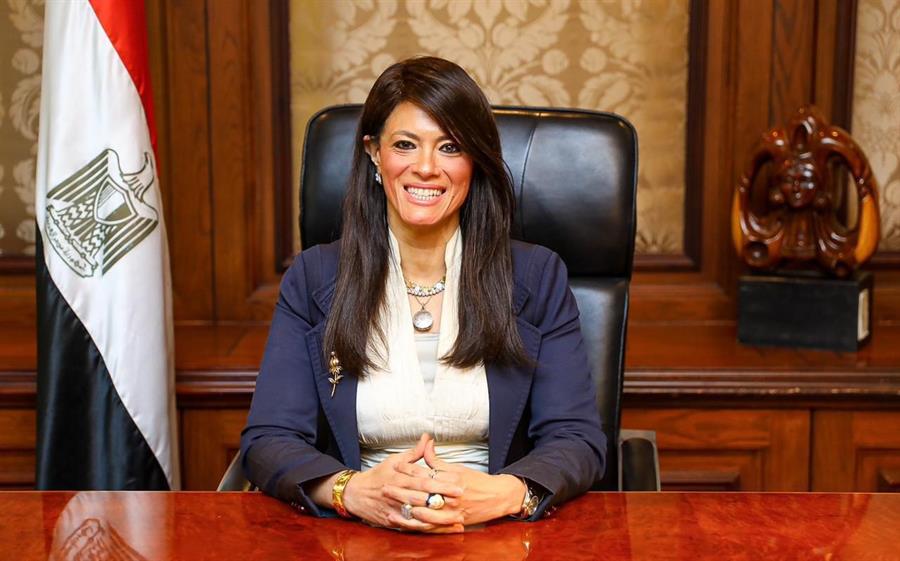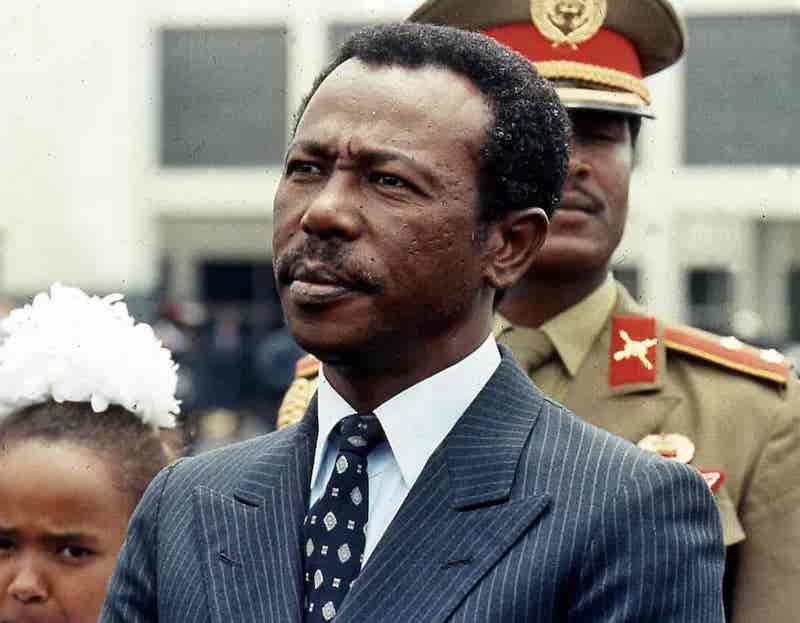AfrikanTrust.
When Egypt’s Planning and International Cooperation Minister, Rania Al-Mashat, declared at the Focus Africa Trade and Investment Forum (FATIF) that the country aims to attract $60 billion in foreign direct investment (FDI) by 2030, she reignited an old question with new urgency: can Egypt’s long courtship of foreign capital finally deliver the kind of transformative economic development the country has long promised?
From Cairo’s bustling finance corridors to the industrial zones of Alexandria and the new economic cities rising in the desert, Egypt has for decades styled itself as one of Africa’s most attractive FDI destinations. But despite billions of dollars in foreign inflows since the 1980s, many Egyptians are asking: where’s the trickle-down?
As Egypt now seeks to position itself at the heart of a new African economic renaissance, leveraging the African Continental Free Trade Area (AfCFTA) and private sector dynamism, a closer look at its FDI journey—past, present, and future—is necessary to understand whether this latest push will finally make the difference.
Egypt’s pursuit of foreign investment dates back to the Open Door Policy (Infitah) introduced by President Anwar Sadat in the 1970s. After years of centralized economic planning under Nasser, Sadat opened up the economy to Western investors and Arab Gulf capital, marking the country’s first major embrace of neoliberal reforms.
Throughout the 1990s and 2000s, Egypt pursued aggressive privatization and liberalization, signing investment protection agreements, launching free zones, and creating incentives to lure investors in infrastructure, banking, tourism, and manufacturing. The country was hailed as a model of reform by the IMF and World Bank.
FDI inflows peaked in the mid-2000s, particularly from the Gulf, thanks to booming oil prices. Between 2005 and 2008, Egypt ranked as one of the top FDI destinations in Africa, attracting upwards of $10 billion annually, especially in telecoms, energy, and construction.
However, political instability after the 2011 revolution reversed this momentum. Investors fled, and by 2013, FDI had plummeted to less than $4 billion. Although it recovered somewhat after President Abdel Fattah El-Sisi’s rise to power and a fresh IMF-backed economic reform package in 2016, Egypt’s inflow numbers have yet to consistently match the grand ambitions set in its investment roadmaps.
Minister Al-Mashat’s $60 billion target by 2030, alongside the goal of reaching $145 billion in annual exports, is certainly bold—but is it realistic? Her optimism rests on three pillars.
- Strategic Location: Egypt’s geographic position, bridging Africa, the Middle East, and Europe, remains one of its strongest investment appeals.
- Reform Agenda: With private investment now comprising 63% of Egypt’s total investment volume, the government is highlighting policy and regulatory reforms, including digitization and public-private partnerships.
- Continental Integration: The AfCFTA, with its $3.1 trillion market, is seen as a game-changer for Egypt’s export-oriented industries and logistics ambitions.
She also introduced HAFIZ, a new digital platform that consolidates access to 90+ financial and advisory services for SMEs—a nod to the pressing need to support Egypt’s domestic private sector and reduce reliance on public employment and foreign firms.
Yet, many observers remain cautious.
To understand whether $60 billion in new FDI can meaningfully transform Egypt, one must ask: what have the previous decades of foreign capital actually accomplished?
Yes, FDI has built infrastructure, created jobs, and added technology and skills transfer. It has underpinned Egypt’s position as a regional leader in renewable energy (like the Benban solar complex), natural gas exports (through Zohr field investments), and tourism.
But the socioeconomic impact has been uneven. Much of the FDI has flowed into enclaves—free zones, export processing hubs, high-end real estate—without significantly reducing poverty or creating widespread employment. Informality remains rampant. The industrial base is still heavily dependent on imported machinery, and local value-added remains limited.
Critics argue that Egypt’s FDI attraction strategy has long prioritized capital over community, with weak environmental and labor safeguards. Additionally, foreign investors often repatriate large shares of profits, limiting domestic reinvestment.
So if the ultimate goal of FDI is to catalyze structural transformation, not just boost GDP, then more of the same will not be enough.
There’s also the political dimension. Egypt’s centralization of economic decision-making under the military-backed government has increased state dominance in key sectors, at times crowding out private and foreign investors. State-owned enterprises and military-run companies often benefit from preferential treatment, which can deter fair competition.
Moreover, while Egypt has improved its Ease of Doing Business ranking in recent years, regulatory unpredictability and foreign currency shortages—especially after the pound’s repeated devaluations—have unsettled investor confidence.
The government’s pivot to the private sector, as outlined by Al-Mashat, signals awareness of these issues. But deep-seated reforms—like strengthening the judiciary, ensuring transparency in procurement, and empowering independent regulatory bodies—remain critical to restoring credibility.
If Egypt wants this $60 billion bet to pay off, it must do more than attract money—it must channel it wisely. That means:
- Investing in domestic industries that can integrate into regional value chains;
- Developing skilled labor through serious education and vocational reform;
- Ensuring that SMEs—not just mega-corporations—benefit from capital inflows;
- Strengthening local content requirements to maximize backward linkages.
And crucially, the government must create a space where foreign capital partners with local innovation, not just exploits labor and resources.
Egypt stands at a crossroads. With the AfCFTA as a historic lever, and digital tools like HAFIZ in motion, it can build an investment ecosystem that truly uplifts millions. But without bold reforms, its FDI story may remain an old tale—long on promise, short on transformation.
Photo – Dr. Rania Al-Mashat, Egyptian Minister of Planning, Economic Development, and International Cooperation




